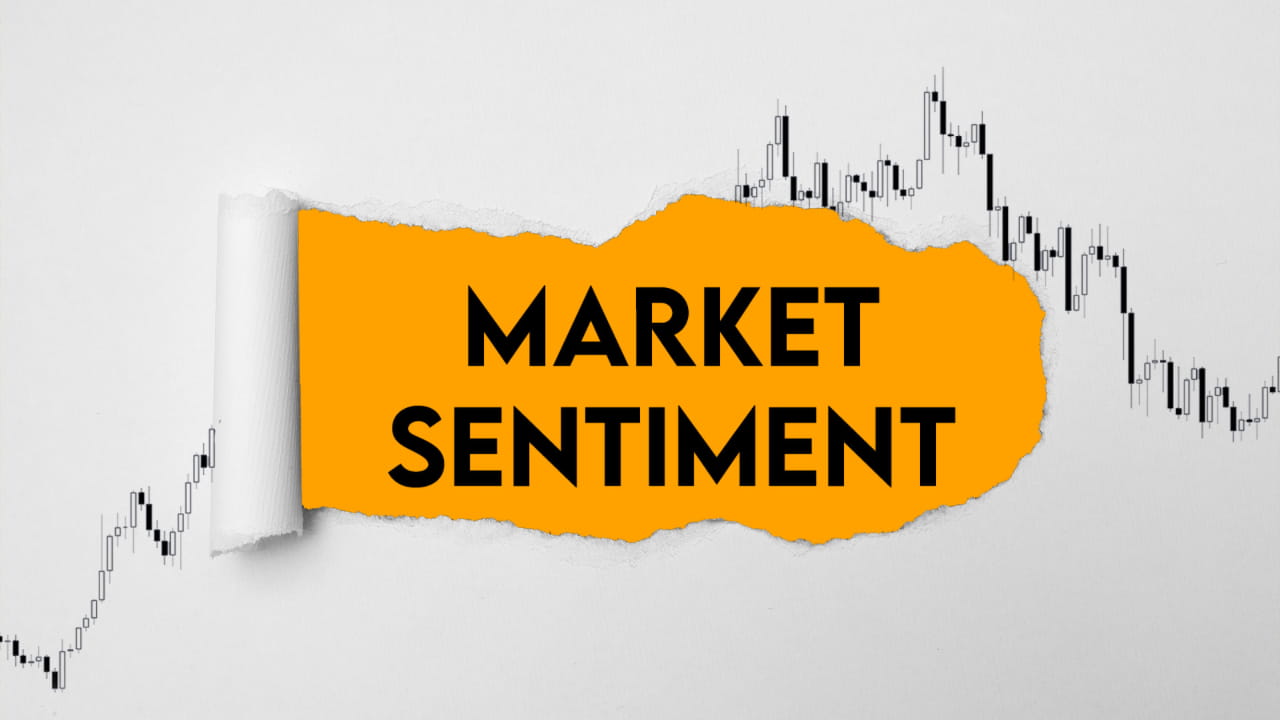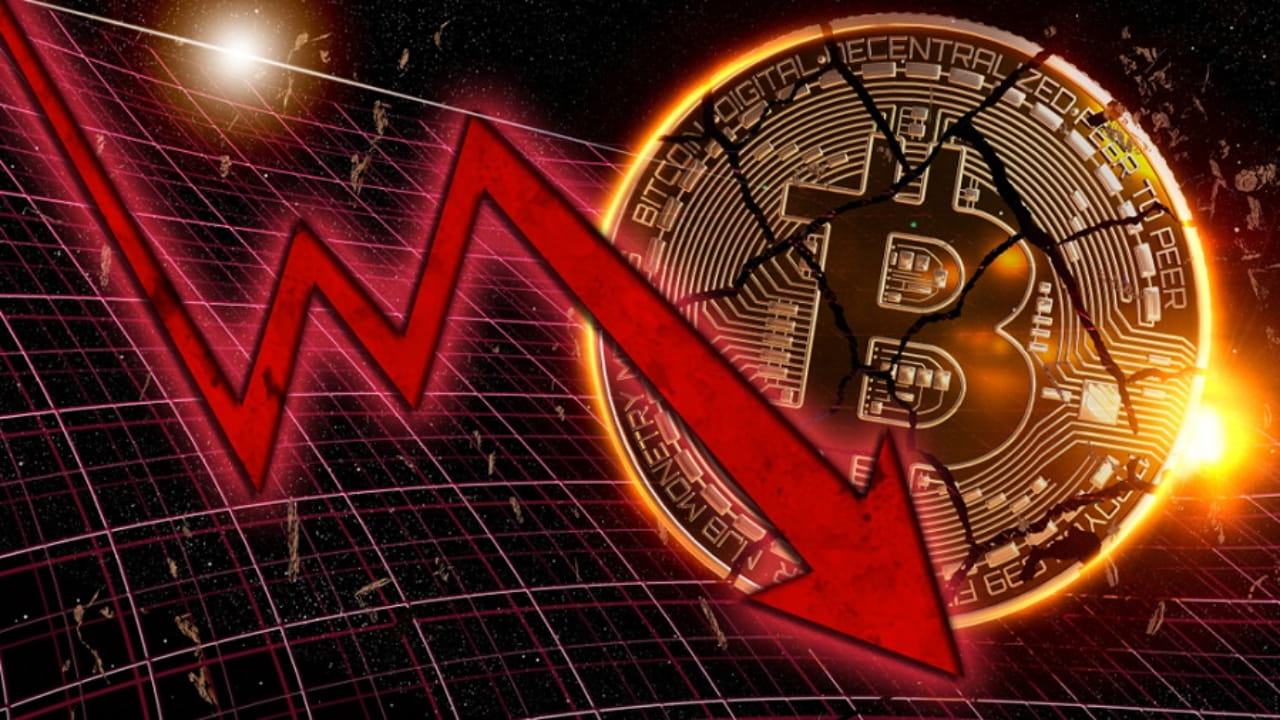In a world where the crypto market has received significant attention, recent developments have sent shockwaves across the financial landscape. Crypto Market strand Today’s news offers a grim picture of a market crisis that has resulted in huge price declines across major cryptocurrencies. Crypto Market trend Bitcoin, Ethereum, and a variety of altcoins have undergone harsh corrections, leaving investors seeking to make sense of the situation. Persistent developments in policy, technology, and market emotion continue to change the landscape. This essay investigates the subtleties behind the current market meltdown.
Inside the Recent Crypto Market Crash
The cryptocurrency market has long been characterised by rapid swings in price, but the recent crash has brought volatility to new levels. Following a period of spectacular development, where Bitcoin flirted with all-time highs and altcoins climbed to dizzying prices, the tide has shifted. In less than a week, popular cryptocurrencies have lost substantial market value, raising longstanding anxieties about the viability of digital assets. Investors are left susceptible as market emotion changes from excitement to terror.

Understanding what led to this market catastrophe and the tendencies that occurred simultaneously is key for navigating this hard landscape. Inside the Crypto Market Crash Exploring the recent slump that erased major value from key cryptocurrencies, this investigation digs into the dynamics causing the transition from spectacular growth to precipitous drops. Discover the trends, investor sentiment, and critical insights required for managing the unpredictable world of digital assets in a volatile market.
Causes of the Crypto Market Crash
One of the most significant triggers for the recent market crash has been growing regulatory scrutiny globally. In the U.S., lawmakers and regulators are contemplating stricter regulations for cryptocurrencies, especially concerning stablecoins and finance (DeFi) protocols. For instance, a recent Senate hearing discussed the potential need for comprehensive regulatory frameworks aimed at ensuring consumer protection and preventing market manipulation. These discussions create uncertainty and fear in the market, often leading to sell-offs as investors try to protect their assets ahead of potential regulations.
Broader economic conditions are also impacting the crypto market. Central banks in several major economies are facing inflationary pressures, prompting potential interest rate hikes. Such measures have historically led to a decrease in speculative investments, including cryptocurrencies, as higher interest rates can make safer assets like bonds and savings accounts more appealing. Investors worry that tightening monetary policy could curb the enormous liquidity that has fueled the crypto boom, further exacerbating the market’s decline.
Market Sentiment and Panic Selling
Market psychology plays a crucial role in driving prices. After reaching new heights, a combination of profit-taking and fear of further losses led to widespread panic selling. Crypto Market Trand The fear of missing out followed by the fear of missing all can create a compounded effect on prices. As significant assets like Bitcoin fell through key psychological support levels, the automatic sell-orders began to trigger a cascade of further declines, intensifying the downward spiral.

The cryptocurrency market is frequently criticized for its potential for manipulation, especially in lower-cap altcoins. During bullish cycles, small price movements can exacerbate swings due to tightly held supply. Recent price collapses have raised suspicions of orchestrated sell-offs by private entities or looking to capitalise on panic. This manipulative behavior can significantly destabilize an already volatile market, leading to distrust among retail investors.
Ongoing Trends in the Crypto Market
While the current market meltdown introduces uncertainty, it is crucial to understand that regulatory scrutiny can also lead to potential clarity and stability in the long run. Countries including the U.S., Crypto Market Europe, and Asia are all researching methods to regulate cryptocurrencies, concentrating on issues like consumer protection, anti-money laundering, and tax consequences. Crypto Market trend The growth of laws could eventually lead to higher confidence among institutional investors, stabilizing the market in the process.
Even throughout the slump, technological breakthroughs and acceptance of blockchain technology remain ongoing. The emergence of finance (DeFi) platforms, non-fungible tokens (NFTs), and creative scaling solutions show underlying momentum. Projects focused on interoperability between blockchains and boosting transaction efficiency are expected to thrive, paving the recovery stage when the market mood flips again.
Institutional Investment and Market Maturity
Institutional participation in the cryptocurrency market remains a crucial trend. Large banks and financial institutions have diversified their portfolios by including cryptocurrencies as viable asset classes. Recent surveys indicate that institutional investors are looking to hold positions in crypto despite market volatility. This institutional backing could serve as a counterweight to bearish trends, providing essential liquidity and stability when the retail market experiences upheaval.
The conversation surrounding sustainable practices in cryptocurrency mining has gained prominence, especially as environmental concerns rise. Projects focused on reducing energy consumption and increasing the use of renewable energy are on the rise in light of eco-conscious sentiment among investors. Crypto Market trend Those that prioritize sustainability may gain favor in the eventual rebound, positioning themselves as leaders in a more responsible crypto ecosystem.
Immediate Price Declines
During the current meltdown, Bitcoin dropped from roughly $65,000 to below $48,000 in a couple of days, eliminating nearly $400 billion in market capitalization. Similarly, Ethereum and other prominent altcoins witnessed dramatic drops of 20% or more, prompting fear among ordinary investors. Despite the crisis, corporations like Goldman Sachs have reiterated their commitment to the cryptocurrency market, repeating that they believe in the long-term potential of digital assets.
Their sustained involvement, notably in issuing derivative products connected to cryptocurrencies, sends a statement that volatility will not discourage significant financial institutions from dealing with crypto. Crypto Market strand Recent regulatory negotiations from the European Union over a new legislative framework for cryptocurrencies have caught market attention. Regulating stablecoins and DeFi could result in more strong governance and potentially boost market trust in the long run however, the immediate reaction may lead to heightened volatility.
Read more: Crypto News Alerts Key to Navigating the Evolving Market
Conclusion
The cryptocurrency market crash that saw Bitcoin dip below $50,000 has left investors grappling with uncertainty and fear. Factors such as increased regulatory scrutiny, economic pressures, market psychology, and potential manipulation have all contributed to this environment. However, underlying trends in technology, institutional investment, and regulatory adaptation present opportunities for future growth.As investors reflect on this current slump.
It is vital to stay vigilant while contemplating the long-term potential that cryptocurrencies provide. Regulatory adaptations may eventually bring about a more stable environment conducive to growth, and technological innovations continue to enhance blockchain’s value proposition. While the current landscape appears challenging, history has shown that the cryptocurrency market is remarkably resilient.









